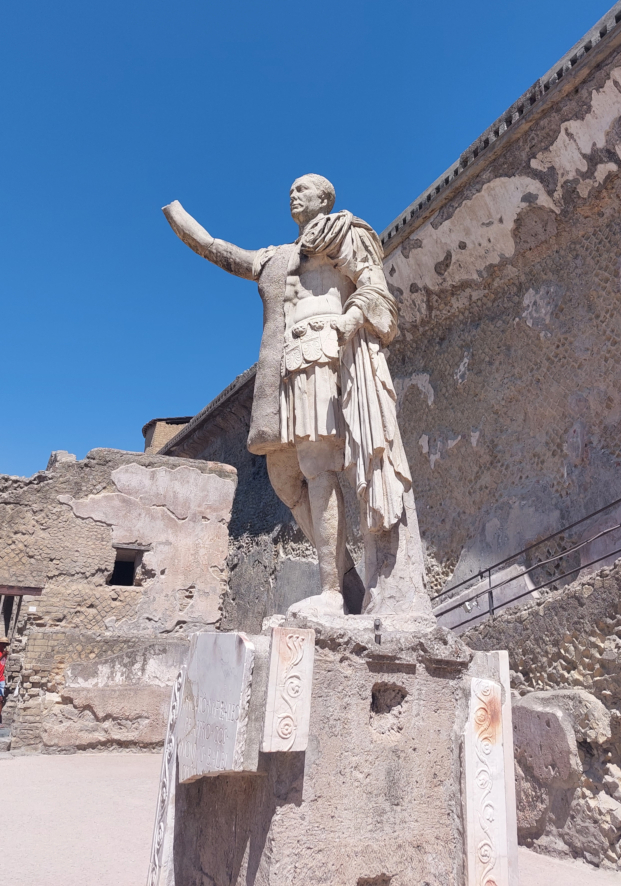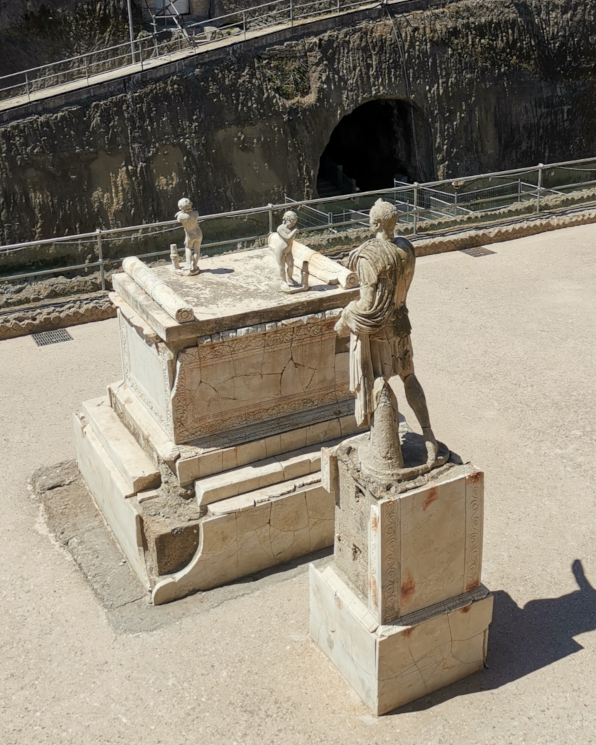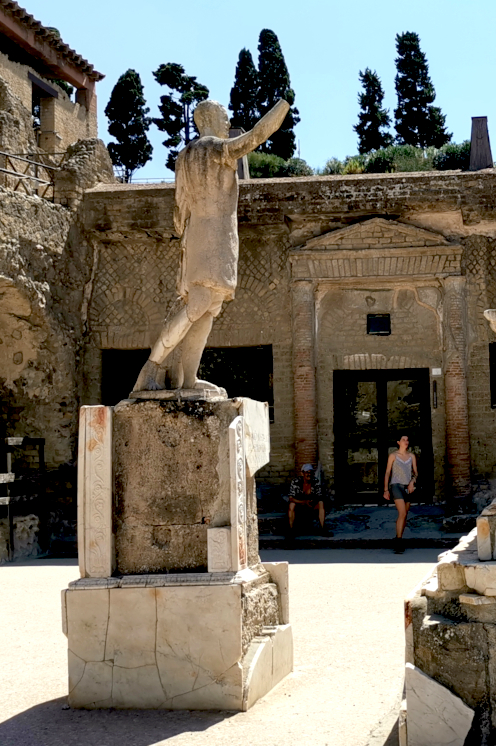what's new
About the catalogue
The catalogue is a semantic tool under development. We consider that statuary materials are classified according to their meanings. The meaning variable can take the value "country," "theme," and "type." In the first case, "country," it allows us to browse the collection throughout the geographic area of a given country, for all thematic and compositional cases. Now, the goal will be to improve and refine the results by "country," "theme," and "type." Fine-tuning the search process will allow us to trace the meanings within a given territorial area. The possibility of statistical analysis is also open. But there is so much to do, choosing each image, renaming, resizing and cropping one from each set to the given format of each IDE, some light corrections, exposure, etc., iconographic research and iconological topics, it takes considerable time, in practice it goes about 80% of the time to these tasks and 20% to the website programming.
soon
50 new records in the catalog
These new 50 records were made in August 2024 as a result of a trip across the three southern peninsulas of western Europe.
"On the Paths of War"
Albania, Tirana.
One of the most interesting works of socialist realism I've ever photographed is this composition of two figures, alluding to the revolutionary war. Located in Tirana's Grand Park, it's by Albanian sculptor Hektor Dule and titled "On the Paths of War" (in Albanian: Në Udhët e Luftës). As a sculptural composition, this statuary group displays a beautiful theatricality, the scene changing depending on the viewing angle. The volumes are beautifully treated as protrusions and recesses with very loose textures that accentuate the characters' fabrics and hair, as well as the props—the rifle, cartridges, and the vessel with the refreshing liquid the village woman offers the partisan! The heightened symbolism that begins with the contrast between the villager's bare feet and the partisan's shoes, their poses, and the way the liquid is offered to drink is considered by artists such as Raino Isto, who see this gesture as a clear representation of eroticism. This work was first exhibited at the national exhibition dedicated to the thirtieth anniversary of national liberation. It was later placed in the Great Park of Tirana, near the fountains and newly added equipment, where it remains today. Hektor Dule, an Albanian sculptor, born on January 3, 1939, studied at the Jordan Misja Art Lyceum in Tirana and continued his training as a sculptor at the Prague Industrial High School. The sculptor made a valuable contribution to Albanian art, being a master of realistic figurative sculpture, producing exceptional works and collaborating on occasion with Perikli Çuli.
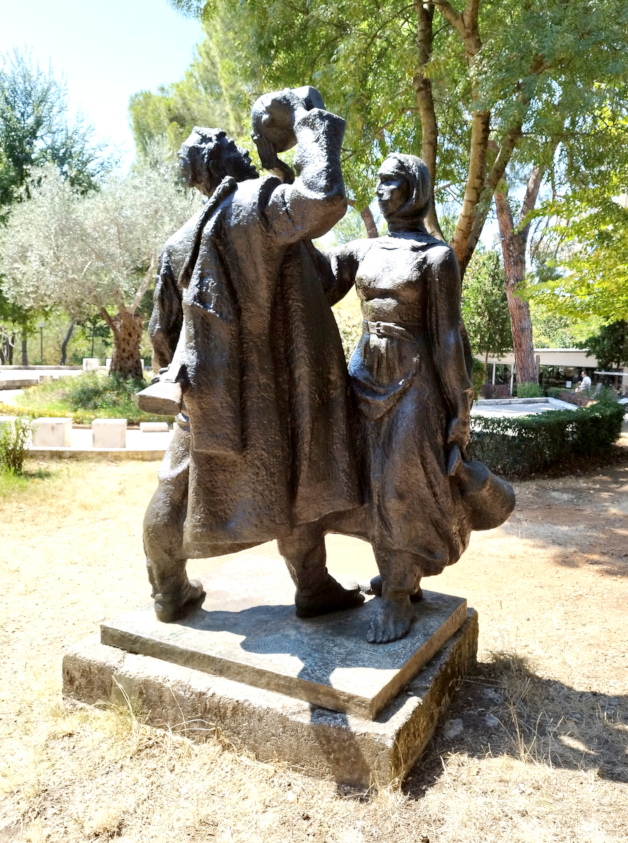
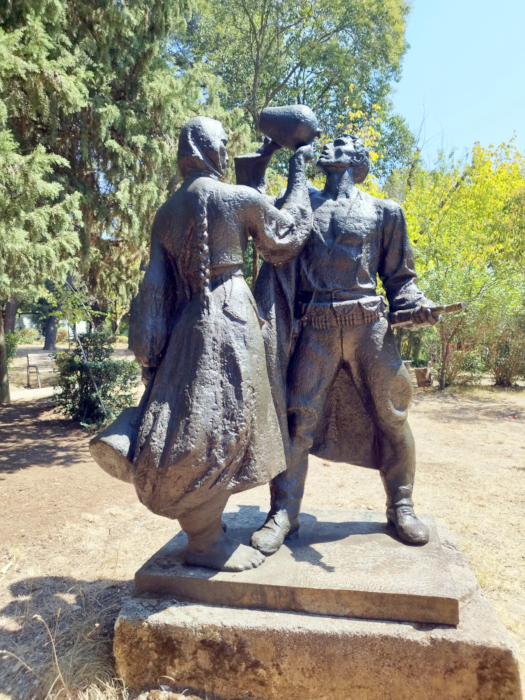
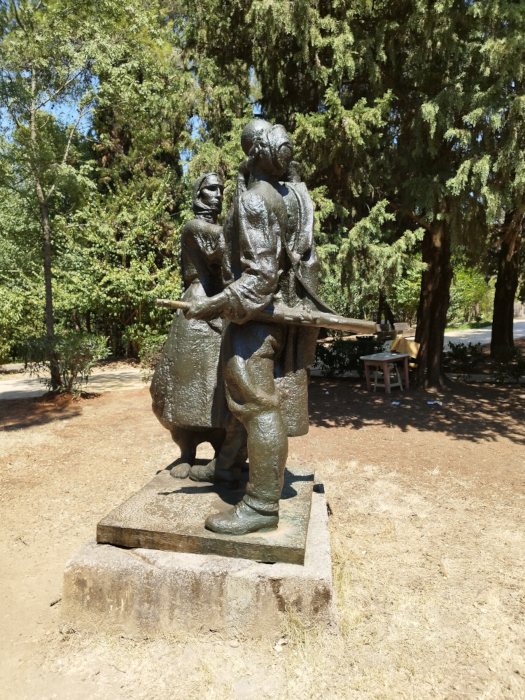
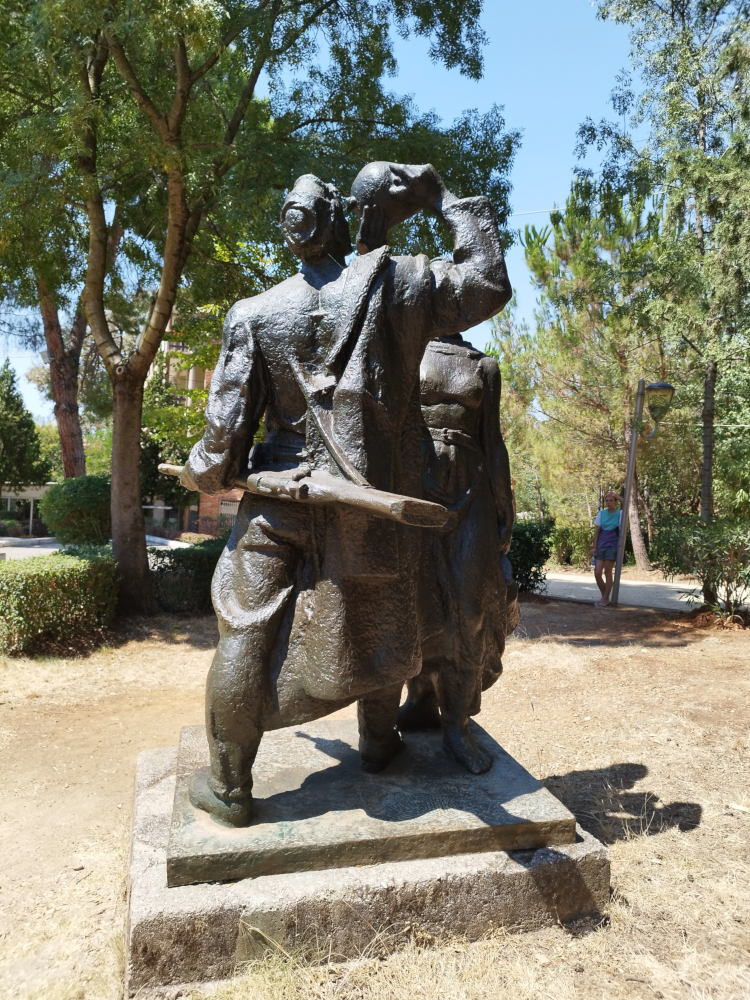
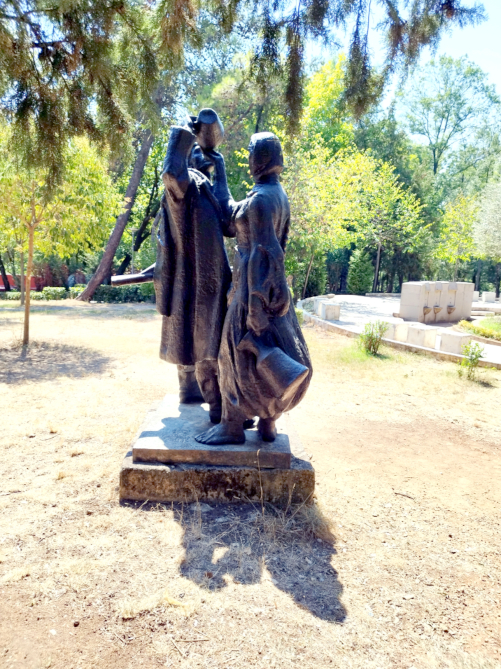
urban statuary . new website
#StatuaUrbana_PatrimoniumCultura project, a new multidimensional approach to contemporary statuary in Western and Central Europe.
This is the third website of the #StatuaUrbana_PatrimoniumCultura project. This project is reaching maturity after more than 20 years of existence! This website has seen significant improvements in the technical scope of the programming, in the design and in the solution found to present the catalogue of works registered in the different European territories, in the centre and in the west. With the development of a pioneering classification organised by geographical parameters (countries and in the future localities), semantic and compositional parameters, it now presents a fully functional interface for the online consultation of works, hence the fact that it is clearly the 2nd version, the first being made up of two offline websites, as second volumes of the two doctoral theses that launched this project.
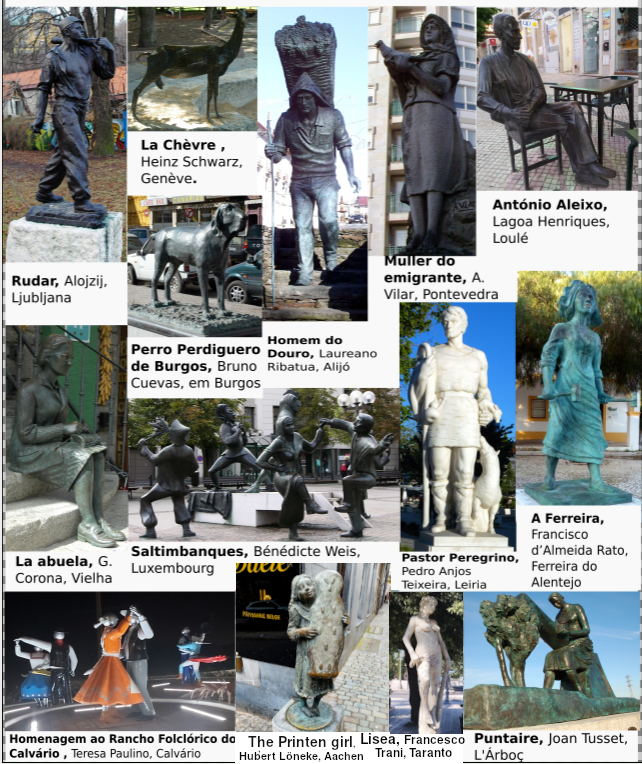
Portrait Statue of Marco Nonius Balbus
Urban statues, a significant contemporary production in European territories, easily trace their roots back to the ancient Roman world, in this case in the representation of a senator contemporary of Octavian Caesar Augustus (63 BC–14 AD). This larger-than-life portrait statue, made of Pentelic marble (the body) and Insular marble (the head), depicts Marco Nonius Balbus in military garb. This urban statue is located in the Herculaneum Archaeological Park (Parco Archeologico di Ercolano) in the city of Herculaneum, in the jurisdiction of Naples. This archaeological park corresponds to the ancient city that, along with Pompeii, was buried under layers of ash and pumice by the eruption of Mount Vesuvius in 79 AD. Marcus Nonius Balbus was a senatorial figure who lived in Herculaneum and was a tribune of the plebs loyal to Octavian in 32 BC, held the position of praetor, and finally, proconsul of the province of Crete and Cyrene around 20 BC. For having restored the Basilica, the gates, and the fortifications, he was named patron saint of the city, and at least ten statues were erected in his honor, according to the documentation known to date, placed in the most representative locations of the city. Only a portion has survived: the series of honorary statues begins with two equestrian statues erected in his honor by the Nucerians and the Ercolanese (Naples MANN inv. 6211, 6104). General catalog of Beni Culturali
https://catalogo.beniculturali.it/detail/ArchaeologicalProperty/1500924947
